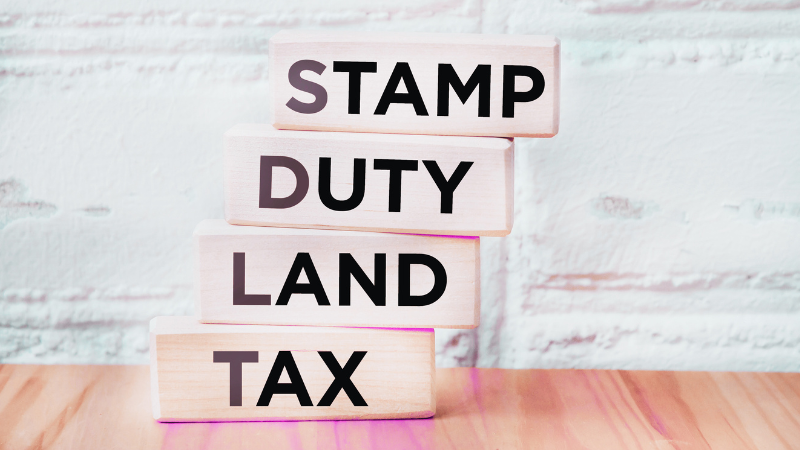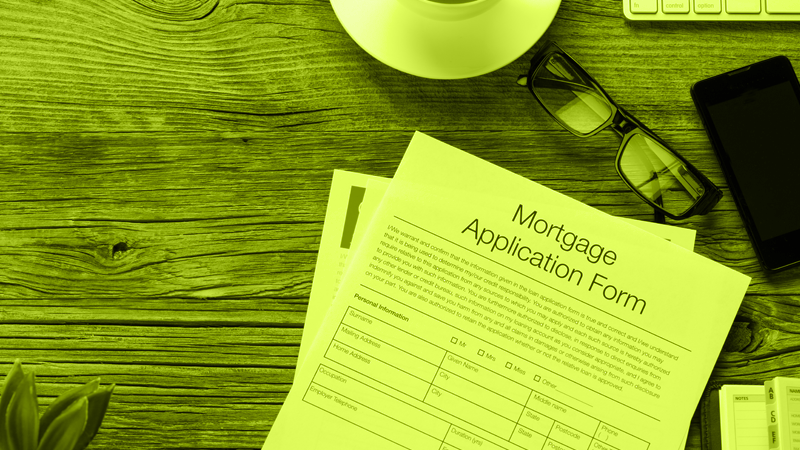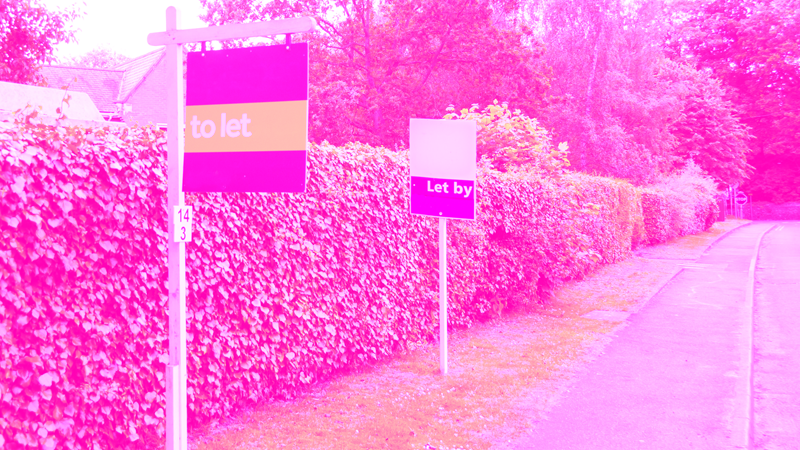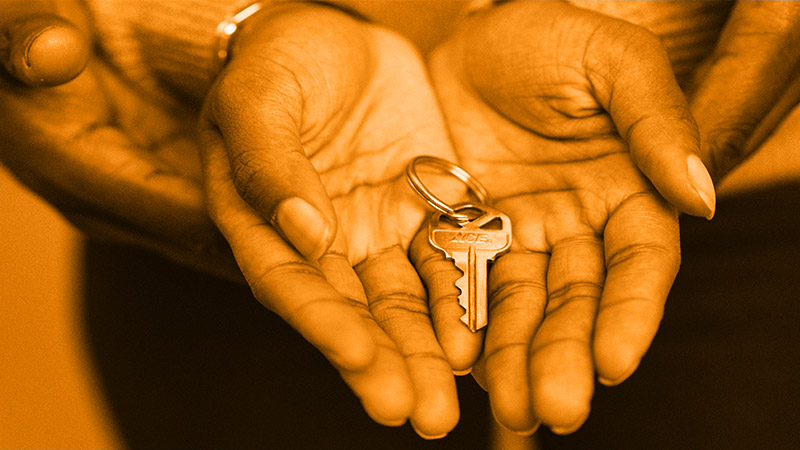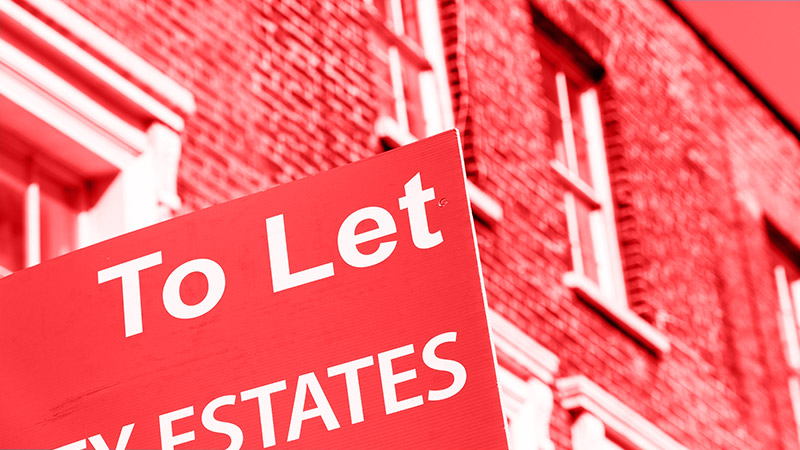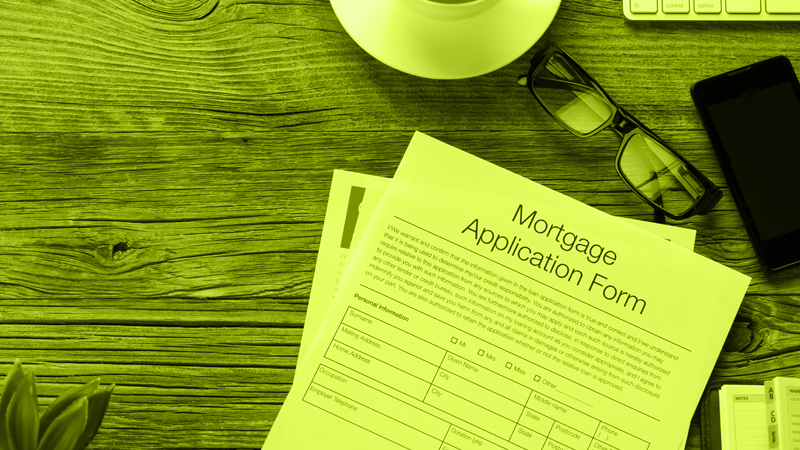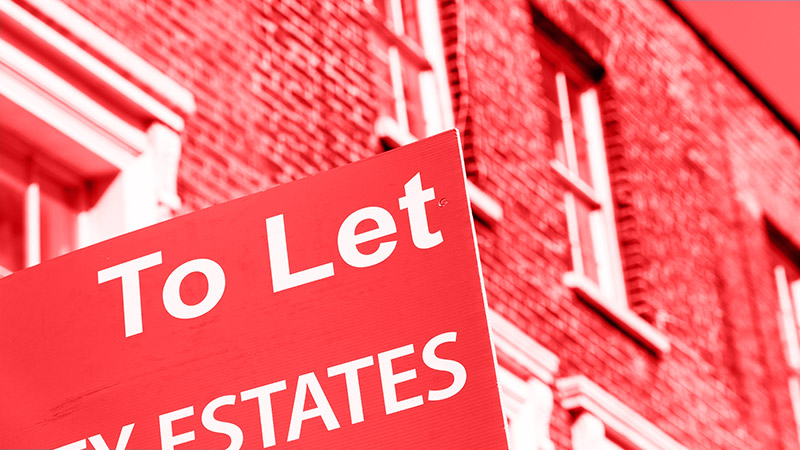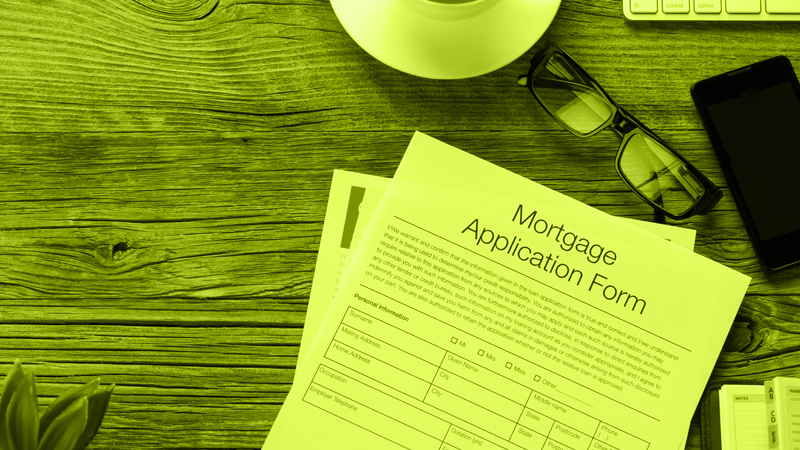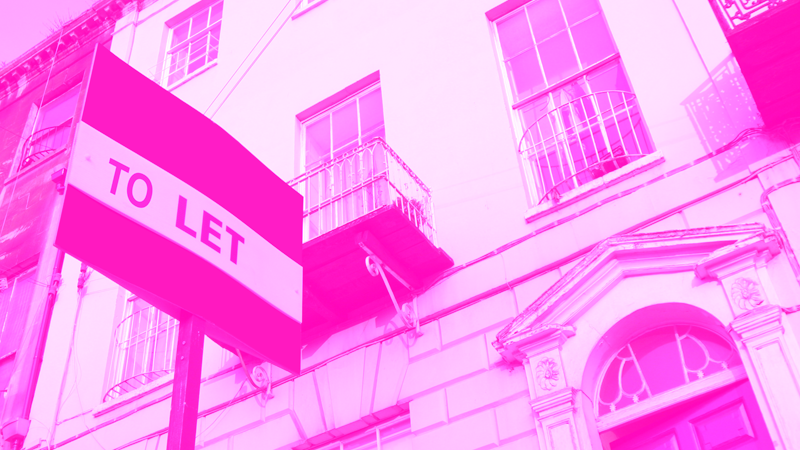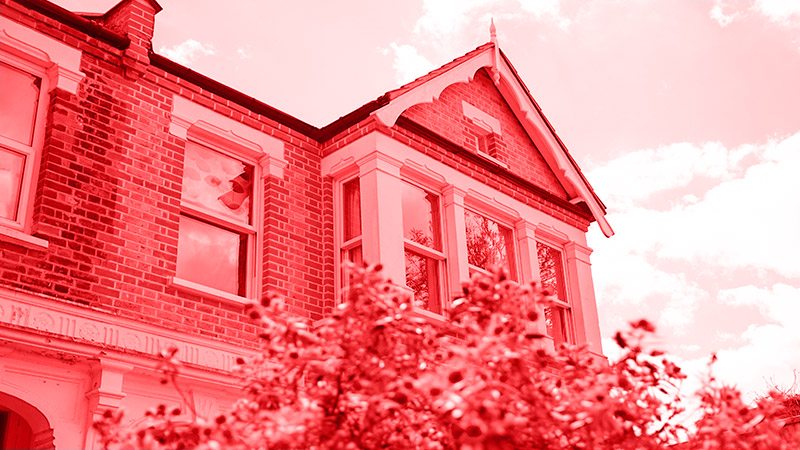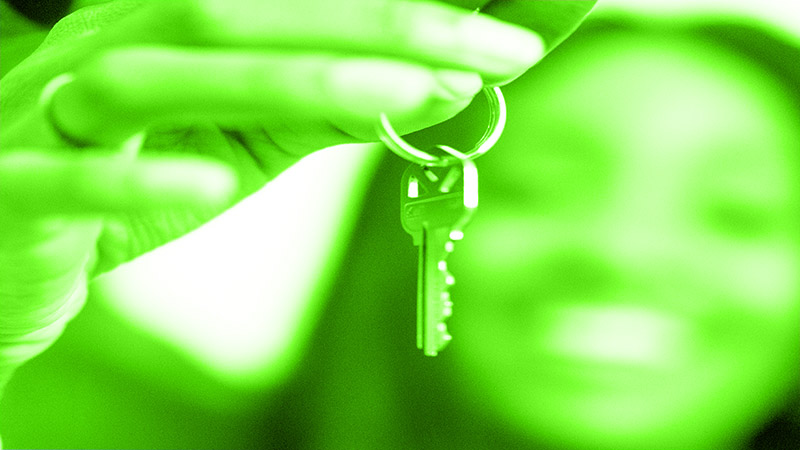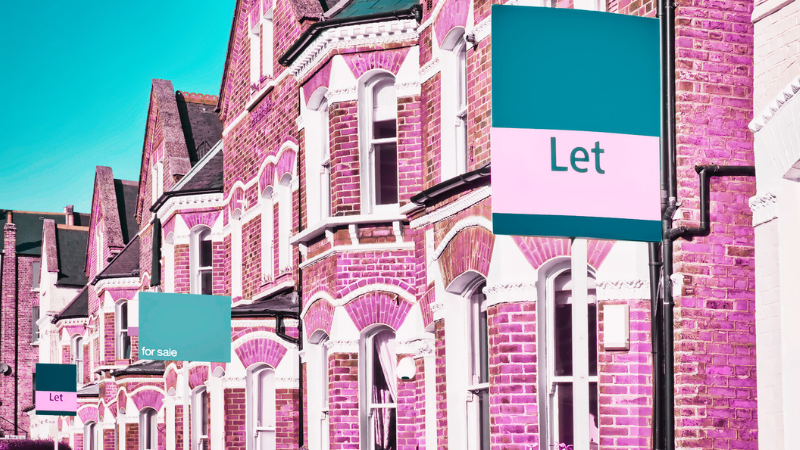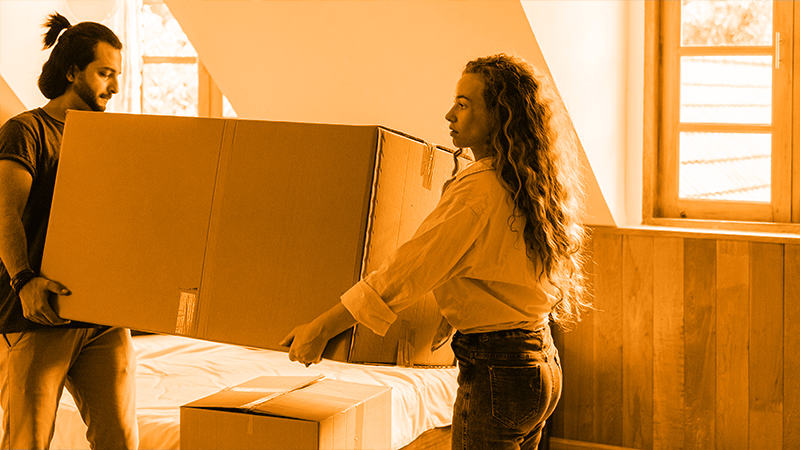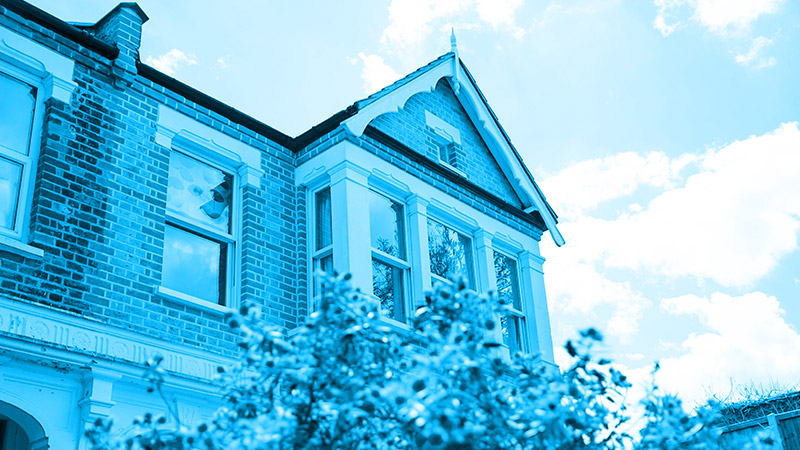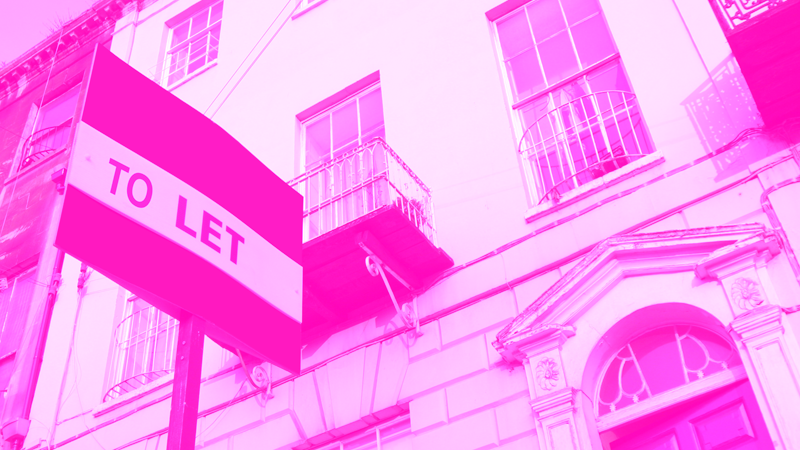The buy to let market represents a significant portion of the UK’s housing stock, with many investors using it to generate passive income and build wealth.
According to the Bank of England, the buy to let market accounts for approximately £300 billion in financial assets for landlords.
If you’re considering investing in a buy to let property, understanding stamp duty and how much you’ll owe is crucial.
Stamp duty rates in the UK can vary depending on whether you already own other properties and the purchase price of the property.
Here’s everything you need to know about stamp duty on buy-to-let properties.
What is Stamp Duty?
Stamp Duty Land Tax (SDLT) is a tax payable when purchasing residential or commercial property or land in England and Northern Ireland.
Similar taxes exist in other parts of the UK, including the Land and Buildings Transaction Tax (LBTT) in Scotland and the Land Transaction Tax (LTT) in Wales.
How Much is the Stamp Duty on BuytoLets?
When purchasing a buy to let property, you’ll be subject to the standard SDLT rates for residential properties, but with an additional 3% surcharge.
This surcharge, introduced in April 2016, was part of the government’s effort to level the playing field between buy-to-let investors and first time buyers.
The surcharge applies to all additional properties you purchase, including second homes, holiday lets, and investment properties.
The table below shows how SDLT is structured for buy to let properties:
| Property price | Standard SDLT rate | SDLT rate for Buy-to-Let |
| Up to £250,000 | 0% | 3% |
| £250,000 – £925,000 | 5% | 8% |
| £925,001 – £1.5 million | 10% | 13% |
| £.1.5 million + | 12% | 15% |
Example: If you buy a buy to let property for £400,000, your SDLT would be calculated as follows:
- First £250,000 at 3% (surcharge only) = £7,500
- Next £150,000 (up to £400,000) at 8% = £12,000
- Total SDLT: £7,500 + £12,000 = £19,500
Calculating SDLT can be complex due to the various thresholds and rates involved, but you can use online stamp duty calculators for quick and accurate results.
Can You Get First Time Buyers Relief for Stamp Duty on Buy to Lets?
First-time buyers’ relief does not apply to buy to let properties. This relief is designed to help first time buyers purchasing their main residence.
Since buy to let properties do not meet the requirement of being your primary home, they are excluded from this relief.
However, if you’re buying your first (and only) property with the intention of renting it out, you would not be liable for the 3% surcharge.
In such cases, you would only pay the standard SDLT rates applicable to residential purchases.
What is the Stamp Duty on BuytoLets for Non-UK Residents?
If you’re a non-UK resident purchasing a buytolet property in the UK, you’ll pay an additional 2% surcharge on top of the 3% buytolet surcharge.
This means nonresident buyers face higher SDLT rates than UK residents.
You are considered a non-UK resident if you’ve spent more than 182 days outside the UK in the 12 months before purchasing the property.
For example, if a non-UK resident buys a buy-to-let property for £400,000, the SDLT would be calculated as follows:
- First £250,000 at 5% (3% buy-to-let + 2% nonresident) = £12,500
- Next £150,000 (up to £400,000) at 10% (5% standard + 3% buy-to-let + 2% nonresident) = £15,000
- Total SDLT: £12,500 + £15,000 = £27,500
Does Stamp Duty on Buy to Lets Apply When Moving?
If you’re moving house and planning to keep your existing property as a buy to let, second home, or investment property, you’ll be subject to the 3% SDLT surcharge when purchasing your new home.
However, if you sell your current main residence and don’t retain any other properties, the surcharge will not apply when buying your new home.
If there’s a delay in selling your main residence and you purchase a new home before the old one is sold, you will initially have to pay the 3% surcharge.
However, you can claim a refund once your previous home is sold, provided it’s within the 36-month period allowed.
You can apply to HMRC for a refund of the surcharge up to 12 months after selling your old home or 12 months after filing the SDLT return.
Are There Properties Exempt from Stamp Duty on BuytoLets?
Certain properties and scenarios may be exempt from SDLT or at least the 3% buy-to-let surcharge:
Properties under £40,000: If the property you purchase is worth less than £40,000, it will be exempt from both SDLT and the 3% surcharge.
Caravans, mobile homes, and houseboats: These properties are exempt from SDLT, including the buy-to-let surcharge, as they are not classified as “residential properties” under SDLT rules.
Purchasing six or more properties: If you buy six or more properties at the same time, the nonresidential SDLT rates apply, exempting you from the 3% surcharge.
Inherited property: Inherited properties are not subject to the 3% surcharge at the time of inheritance.
However, future property purchases could be impacted unless you dispose of the inherited property within the allowed time frame.
Call us today on 03330 90 60 30 or contact us to speak to one of our friendly advisors.
Final Thoughts
Stamp Duty Land Tax on buy to let properties is a significant consideration when purchasing an investment property in the UK.
The additional 3% surcharge increases the upfront costs, so it’s essential to stay informed about SDLT regulations and seek professional advice when making your purchase.
Sources and References:
- [Bank of England BuytoLet Sector](https://www.bankofengland.co.uk/quarterlybulletin/2023/2023/thebuytoletsectorandfinancialstability)
- [Gov.uk Apply for a Stamp Duty Refund](https://www.gov.uk/guidance/applyforarefundofthehigherratesofstampdutylandtax)
